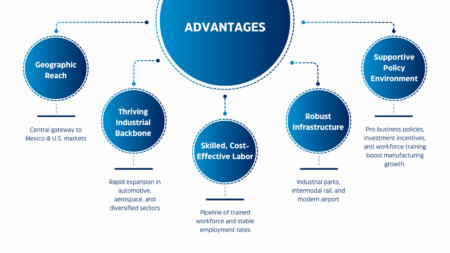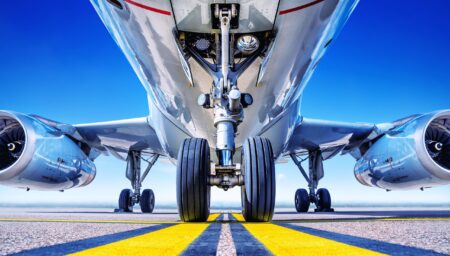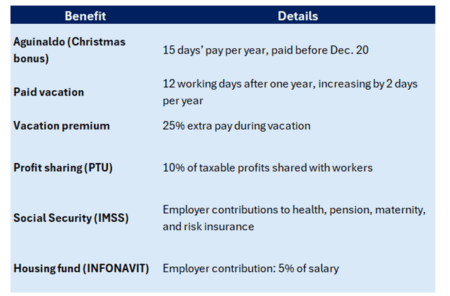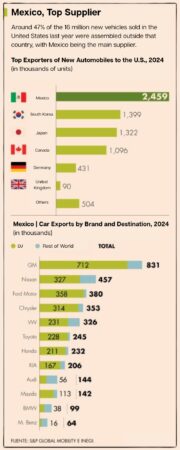What to Know About Trump’s Tariffs
On April 2, 2025, during “Liberation Day” President Trump announced a 10% base tariff on almost all imports and added steep “reciprocal” tariffs on more than 60 nations, scheduled to take effect on April 9. These were delayed 90 days to accommodate negotiations, then postponed again to August 1, and entering into effect as of today.
Court challenge: A federal court ruled in May that this action overstepped executive authority under the International Emergency Economic Powers Act (IEEPA), but enforcement was paused pending appeal, keeping the tariffs active.
What Is Changing on August 1, 2025
- Base tariff: 10% on most imports.
- Targeted increases:
- European Union and Mexico: Originally 30%, now reduced to 15% across some goods following a July 27 agreement. However, steel from Mexico will be subject to a 50% tariff only for shipments exceeding the annual bilateral quota. Mexican products tht comply with the USMCA Rules of Origin are exempt of the 30% tariffs.
- Canada: Up to 35%, implementation delayed to September 1, 2025.
- Brazil: 50% on broad imports.
- Copper products: 50% tariff now applies only to finished copper goods; raw copper is exempt.
- Japan and South Korea: 25%, delayed to September 1, 2025.
- India: Newly added – 25% tariff on key industrial goods and electronics.
- 150+ other nations: Tariffs between 10–15% expected.
Additionally, revised enforcement letters were sent to 30 countries, clarifying the scope and timelines.
International Response and Repercussions
In response to the U.S. imposing tariffs, countries around the world have reacted in various ways:
Mexico denounced the tariffs as a violation of the USMCA and proposed retaliatory tariffs on U.S. goods like pork and cheese. However, it emphasized a preference for negotiation and suggested creating a joint diplomatic working group.
Canada, led by Prime Minister Carney, called the tariffs unjustified and reaffirmed its own 25% counter-tariffs on C$155 billion worth of U.S. goods. This sparked a “Buy Canadian” boycott as a form of protest.
China condemned the tariffs, imposing counter-tariffs on U.S. exports like soybeans and LNG, accusing the U.S. of economic coercion.
South Korea and Japan criticized the U.S. tariffs and called for negotiations. South Korea also introduced emergency support measures for its exporters to ease the impact.
Australia expressed disappointment, describing the tariffs as unfriendly, but chose not to retaliate. Instead, it sought an exemption through diplomatic dialogue.
Taiwan negotiated a 20% tariff rate and continues to push for better terms, citing its strategic economic alignment with the U.S.
Meanwhile, countries like Thailand, Cambodia, and Pakistan welcomed the new tariff structure, viewing it as an opportunity to grow their trade with the U.S.
Source: Financial Times, Reuters, Canadian Governmen, CNBC
Economic Impact
Prices are already rising across multiple sectors, particularly within the manufacturing industry. Companies are facing elevated input costs due to increased tariffs on critical materials like copper, steel, and electronics components.
Key sectors such as automotive, industrial machinery, and technology are experiencing significant disruptions in pricing and supply chains. Financial markets have shown a mixed response: equities remain steady, while the dollar has weakened due to trade-related uncertainties.
Summary Table

August 1 represents more than just a policy deadline; it marks a significant turning point in the United States’ approach to global trade. Whether the tariffs result in new trade agreements or spark a broader trade conflict, their effects will be far-reaching.
For further information or inquiries, please contact us. Mexcentrix experts are available to assist with insights, USMCA compliance analysis and studies, and strategic guidance regarding the upcoming tariff changes.


















